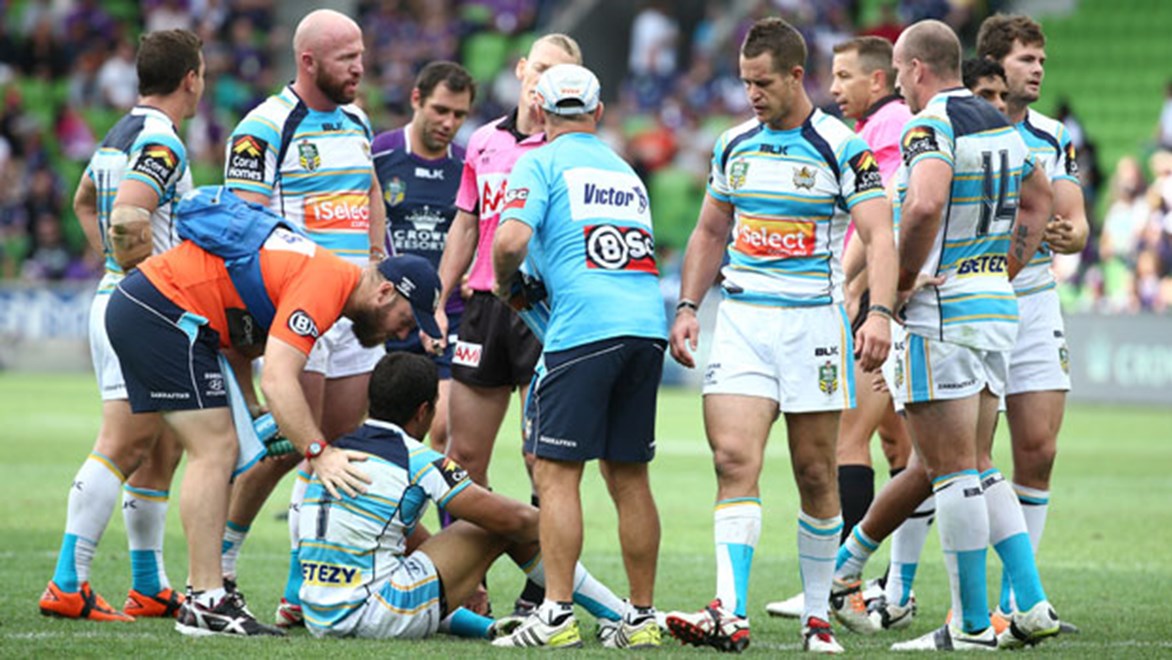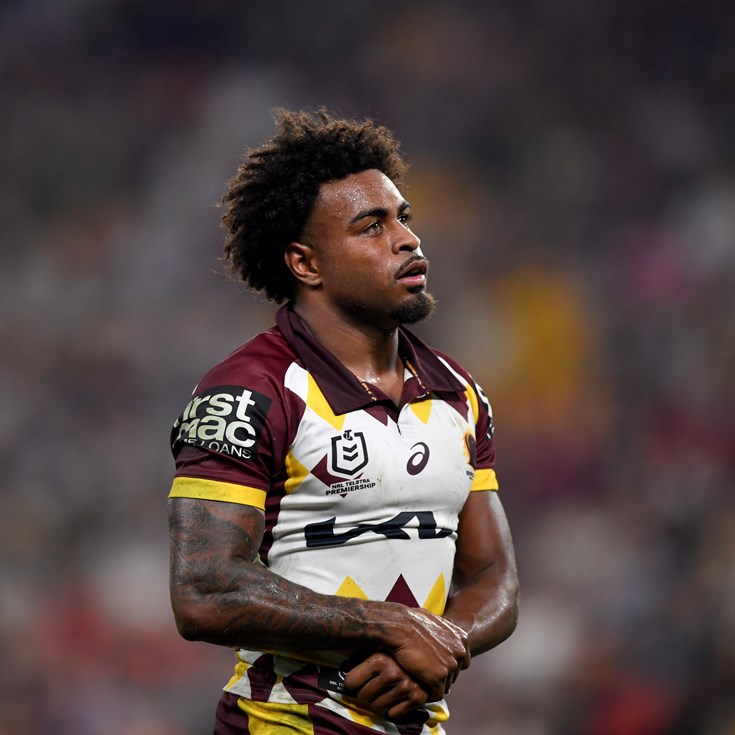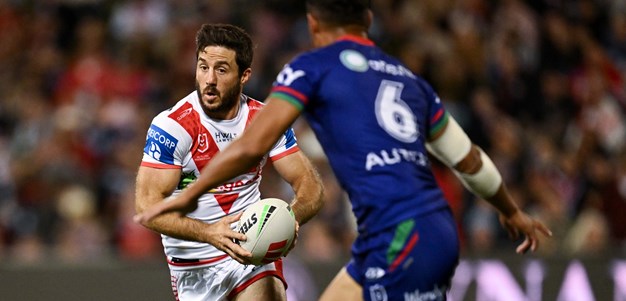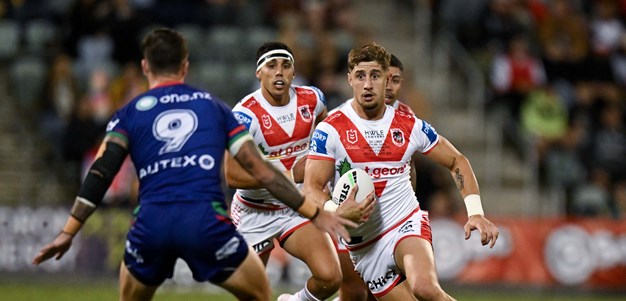

The reaction to the NRL's new interpretations involving lifting tackles has been widely applauded but Titans coach John Cartwright believes there is another, more sinister technique that is in need of urgent attention.
Canterbury's Dale Finucane was the first player placed on report under the new rules on Friday night for a tackle on South Sydney's Joe Picker and will await a charge from the match review committee on Monday.
The match review committee are now under instruction to penalise heavily those tackles that put players into a dangerous position.
In the wake of the tragic injury to Newcastle's Alex McKinnon in Round 3 the directive has been warmly welcomed by most in the game but Cartwright insists it is the 'crusher' tackle that needs a similar review.
Storm forward Dayne Weston was suspended for a crusher tackle on Titans fullback David Mead in Round 5 and Cartwright is adamant that type of tackle has the potential to do more damage than lifting tackles.
"The crusher is one that we've just got to get out of the game. I think the crusher tackle is more deliberate than a lifting tackle," Cartwright said.
"With a lifting tackle you are just trying to get the guy on the ground and if he loses his centre of gravity he's just going to roll... I do feel sometimes that lifting tackles, a lot of the time they are completely accidental; I think the crusher one is totally deliberate and needs to be stamped out."
Like the majority of NRL clubs, the Titans employ a specialist to advise them in wrestling manoeuvres but Cartwright defended the use of jiu-jitsu black belt Jason Roebig, insisting his players use it to get out of dangerous situations, not to put opposition players in them.
"We call him a contact coach but his skill is jiu-jitsu but jiu-jitsu is two things; it's not only getting you into a position it's also getting out of a position," Cartwright said. "We pretty much totally use our guy in getting out of dangerous situations and it works really well. The players, I feel, are much more adept now and I feel that our play-the-ball speed is very good.
"The way the rule changes have happened with less guys in the tackle it certainly helped us to get quicker play-the-balls than our opposition."
While the change to the rule regarding the third man into a tackle not being allowed to make initial contact below the knee has been credited for an increase in the speed of the ruck, Cartwright also believes it was partly responsible for an increase in players lifting the leg of the player in possession.
"I don't think anyone knew the consequence of changing the rule and how much it was going to affect the game, and it certainly has affected the game," he said.
"Whether it's for the better or not we're not here to judge but we want to make sure that we don't see any more tackles like the one we saw on poor Alex McKinnon.
"These things evolve; I just hope we put a lot more thought into any changes to the rule and maybe trial it, not just change it on a whim without knowing how it's going to affect the game.
"No one wants to see force below the knee but in 99 per cent of those tackles there was no force and if there's a guy pinning your ankles there is no lifting. I think the game has got to take some responsibility for the changing of the rule and thus three guys above the waist is going to mean that there is more lifting in the tackle.
"When a guy decides to plant his feet it's hard to get him down if you're not allowed to go below the knees so there's been an adjustment there but I think there's a major shift in players being more aware of when players are in dangerous circumstances or situations because no one ever wants to see a dangerous tackle where a guy gets lifted and his head's spearing towards the ground."



